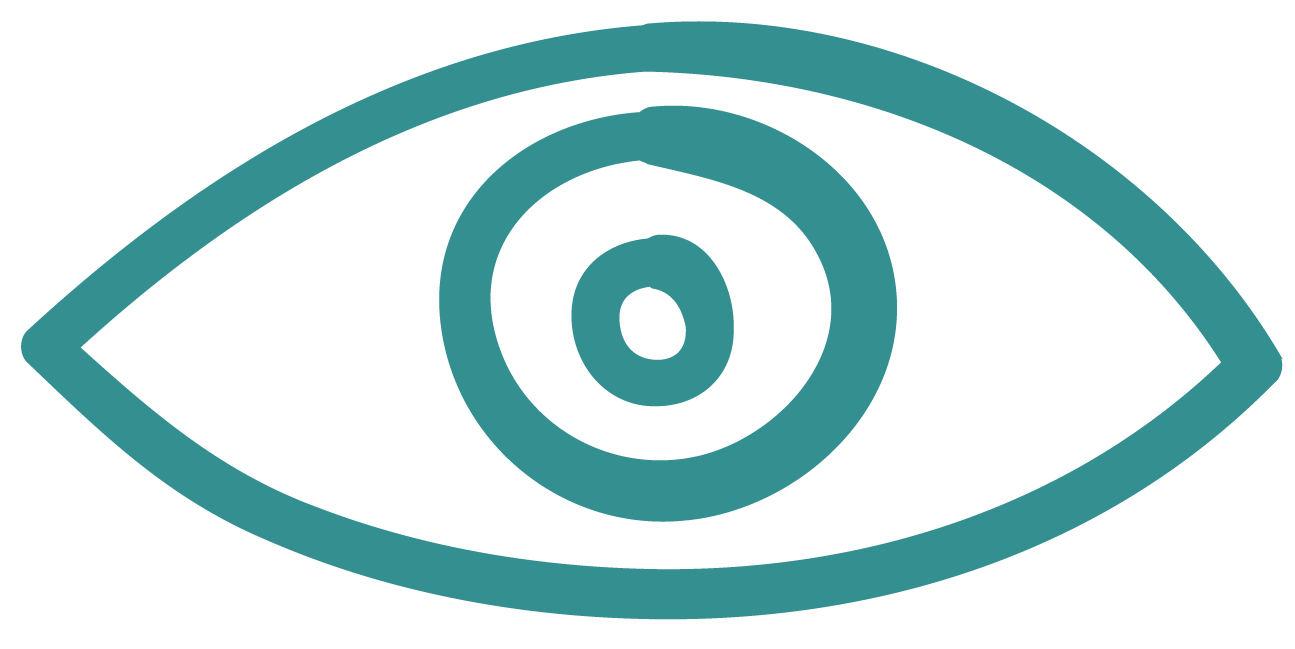Therapies & Practices
At Cedarway Therapy we specialize in a multitude of various therapies & practices. Among our main specialties include: CBT, CPT, Prolonged Exposure, DBT, EFT, SFT, and Narrative Therapy. Learn more down below and feel free to contact us if you have any questions!

Cognitive
Behavioural
Therapy
Cognitive behavioral therapy (CBT) is known as the gold standard when it comes to
psychotherapy. It requires working with a psychotherapist in a collaboratively structured way.
CBT directs you into looking at your negative and faulty ways of thinking, so you may identify challenging events more clearly and instead of simply reacting, respond to them in a more productive way.
CBT, either alone or in combination with other therapies, can be a very powerful tool in
treating psychological disorders, such as depression, anxiety, PTSD or an eating disorder. However, everyone who benefits from CBT does not necessarily have a psychological condition. CBT is a powerful tool for anyone to learn how to manage stressful life situations effectively.

Dialectical
Behavioural
Therapy
Originally, Dialectical Behavioural Therapy was designed to treat borderline personality disorder
(BPD), however it has been modified to treat other different symptoms. DBT is designed to help individuals with emotional regulation problems or self-destructive behaviors, such as substance use disorders, PTSD, and eating disorders).
A Comprehensive DBT approach focuses on four ways to enhance life skills
- Distress tolerance: Feeling or experiencing an intense emotion like anger without having to
react impulsively or using self-destruction or substance abuse to manage distress. - Emotion regulation: Identifying, labeling, and modifying emotions.
- Mindfulness: Becoming attentive to the present moment by increasing awareness of self
and others. - Interpersonal effectiveness: Managing conflict and interacting more assertively
DBT offers resourcefulness with a multi-stage approach:
- Stage 1: Focuses on treating the intense self-destructive behaviors, such as self-injury
or suicide attempts. - Stage 2: Focuses on quality of life skills, such as distress tolerance, interpersonal effectiveness and emotional regulation,
- Stage 3: Focuses on self-esteem building and improved relationships.
- Stage 4: Addresses happiness and relationship connection.

Emotion
Focused
Therapy
Emotion-focused therapy (EFT) is a therapeutic approach that has its foundation in the belief
that emotions are central to identity. The EFT approach believes that emotions also direct decision-making and individual choice. It postulates that being unaware of emotions or avoiding
distressing emotions can be problematic. Avoiding emotions makes us unable to understand and use the important messages and information that emotions provide.
In this therapeutic approach, the psychotherapist and the client work in an active collaborative process. Both the therapist and the client are seen as contributing equally. The individual seeking treatment is viewed as someone most capable of understanding and interpreting their emotional experiences instead of the therapist.
EFT is based on the belief that emotions may be used as a tool to guide healthy, purposeful
lives. Its philosophy is formed on scientific investigation of the human emotional experience.

Solution
Focused
Therapy
Solution-focused therapy, also known as solution-focused brief therapy (SFBT), is a kind of therapy that puts more emphasis on exploring and discussing solutions than problems. The discussion of the problem indeed is essential in order to find a solution, but according to SFBT, it should be done without trying to be stuck in the problem. SFBT believes in not dwelling on every little detail of the problem at hand.
When SFT is used
SFBT is typically used to manage and treat a variety of issues of people of all ages. It is
effective with family dysfunction, child behavioral problems, addiction, domestic or child abuse and relationship problems. SFBT is also known to improve the quality of life for people with psychiatric disorders such as depression or schizophrenia.

Narrative
Therapy
Narrative therapy is a therapeutic approach that helps people accept and embrace being an
expert and resourceful person in their own lives. Narrative therapy emphasizes the life stories
that we not only develop but carry with us through our lives.
Narrative therapy practitioners believe that telling one’s own story is a type of action toward
manifesting change. Its process might involve:
- Aiding people see their problems more objectively
- Drafting the problems considering a larger sociocultural context and factors
- Teaching the individual how to create an acceptable room for alternative stories
Both the therapist and client identify and develop “preferred” or “alternative” plots of the story. These new storylines exist beyond the old problem story that clients tell themselves otherwise. They allow someone to finally rewrite their old story, reflect their true self and provide variance and contrast to the problem. This process allows people to then shift from what is familiar
(the problem story) to what is unfamiliar.

Cognitive
Processing
Therapy
Cognitive processing therapy (CPT) is a specific form of CBT that is particularly effective with PTSD symptoms.
CPT helps people learn how to identify, challenge and alter unhelpful beliefs associated with the trauma. The patient develops a new frame of mind and formulation of the traumatic event in doing so, which reduces its continuing adverse effects on present life.
CPT is highly suggested for the treatment of PTSD.
Four essential parts of CPT
- Psycho-educating the patient about the symptoms of PTSD and how treatment might
help them. - Educating the patient about their own thoughts and feelings and their connection.
- Imparting lessons to assist the patients to learn and develop skills to question and
modify their own thoughts. - Helping the patient identify changes in their thoughts and beliefs that occur after experiencing the traumatic event.

Prolonged
Exposure
Prolonged exposure therapy (PE) is a type of CBT formulated to treat PTSD. It consists of two
major treatment techniques:
- Imaginal Exposure
- In Vivo Exposure
Imaginal exposure is repeatedly recalling the traumatic memories in a structured manner during
session and for homework between sessions in order to help process the trauma. In vivo
exposure is done by systematically confronting anxiety provoking things, places and situations
related to the trauma, while learning to feel safe.

Eye
Movement
Desensitization
Eye Movement Desensitization and Reprocessing (EMDR) is a type of interactive psychotherapy
used to treat psychological stress. It is a treatment for trauma and post-traumatic stress disorder
(PTSD), along with depression, anxiety, addictions, and eating disorders. EMDR sessions consist
of the client recalling traumatic or triggering situations as the therapist controls your eye
movements. Reliving painful events can be less emotionally upsetting when attention is
redirected. This allows the client to open up and share their memories and thoughts without
having a strong psychological reaction.

Acceptance
& Commitment
Therapy
Acceptance and Commitment Therapy (ACT) helps clients to accept rather than fight or feel
guilty about their thoughts and feelings. ACT is a type of behavioural therapy that blends
mindfulness skills with self-acceptance practise to help people build psychological flexibility. It
can successfully help with stress, social anxiety disorder, depression, obsessive-compulsive
disorder, and psychosis. It’s also been used to treat medical problems including chronic pain,
drug addiction, and diabetes.

Psychodynamic
Therapy
Psychodynamic therapy is a form of talk therapy. It is designed to help clients find relief from
mental or emotional stress. This form of therapy believes your present-day problems are linked
to unconscious conflicts arising from events in your past. The therapist will help the client
identify the roots of their psychological pain to find relief. The therapist might encourage self-
reflection and self-examination. Psychodynamic therapy can be used for a wide range of
symptoms.

Mindfulness
Based
Mindfulness-based cognitive therapy (MBCT) combines cognitive behavioural techniques with
mindfulness practices to help clients better understand and manage their thoughts and emotions, alleviating distressing experiences. It can assist clients in recognizing their sense of self and seeing themselves as separate from their thoughts and feelings. Clients are given the tools they need to deal with depressive symptoms when they arise. People who master these abilities may be able to use them in times of distress or in potentially overwhelming situations.

Motivational
Interviewing
Motivational interviewing (MI) is a style of counselling that focuses on helping clients find the
drive to make positive changes in their lives. For people who are resistant to change their
behaviour, this client-centred approach is particularly beneficial. It uses four guiding principles,
the acronym RULE, to strengthen the client’s motivation to change:
- Resist the righting reflex.
- Understand the client’s motivations.
- Listen with empathy.
- Empower the client.

Emotion
Focused
Family
Therapy
Emotion-focused Family Therapy (EFFT) helps caregivers have a more significant part in their
loved one’s mental health recovery. The therapist’s primary goal is to assist parents in becoming
active agents of healing. They do this by encouraging parents and alternate caregivers to become more involved. This treatment is available to entire families, parent-child pairings, or only the
parents.

